There are some household items electricians say should never be plugged into a power strip, and these household items might shock you. Power strips are very helpful, handy tools that we use to keep our devices connected.
They are used for plugging in multiple gadgets, but there is one problem: they cannot handle everything. Bobby Lynn, an electrician, who is an expert from LiveWire Electrical, warns that people often misuse power strips and extension cords. Misusing them can cause serious issues, like damaging household appliances or even causing a fire.
Power strips are not made for appliances that need a lot of electricity. Appliances that need steady power also do not need power strips. While they work fine for small household gadgets, plugging in something too powerful can damage your devices. It can even start a fire. Electricians have put together a list of eight common household items that should never be plugged into a power strip.
1. Refrigerators and Freezers
In almost every home, refrigerators and freezers are constantly being used. This means they use a lot of power because they run all the time. Daniel Mock, a vice president at Mister Sparky, says it is not a good idea to plug them into power strips. He said it might cause the circuit to trip and shut off. He said the best thing to do is to plug them directly into the wall.
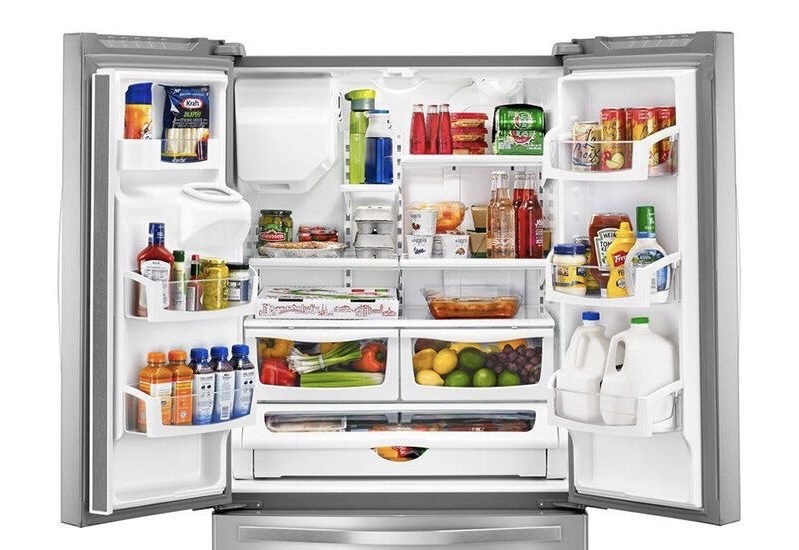
Bobby Lynn agrees with this and also adds that it is not just about safety. Plugging these appliances into power strips can also damage them. He explains that refrigerators and freezers need a steady flow of electricity. Power fluctuations can damage their compressors, which are important parts that keep them working. According to Bobby, if the compressor stops working, it is not only bad for the appliance but will also be expensive to fix or replace.
2. Microwaves
Daniel Mock said most power strips are not strong enough to handle the amount of electricity that a microwave needs. Usually, a microwave needs about 12 to 15 amps.
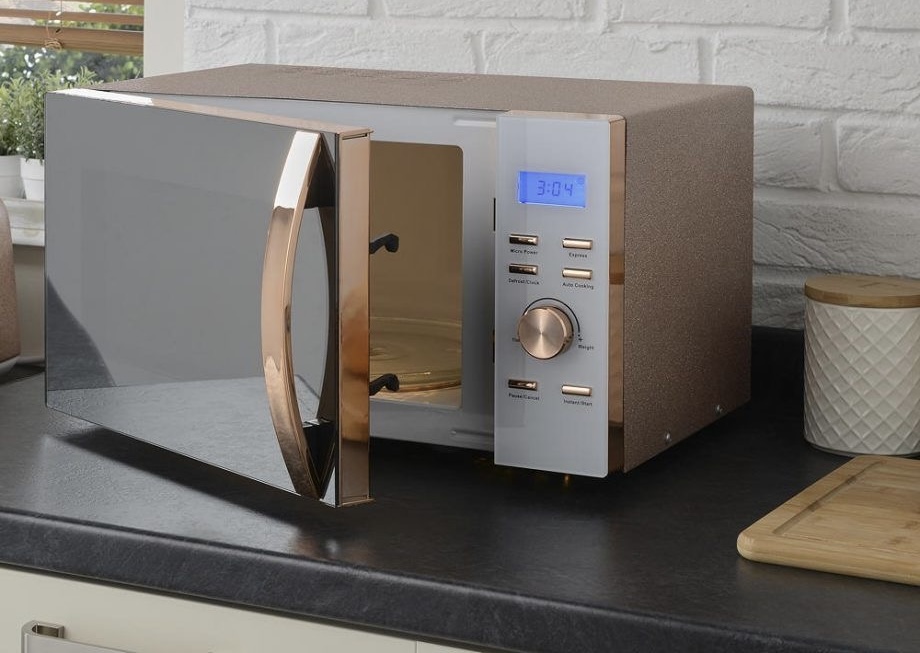
When you use a power strip for your microwave, it can be risky because it might cause a fire or damage to the wiring in your home. Mock suggests that if your kitchen does not have enough outlets, the best bet is to call an electrician. They can help you add more outlets to your kitchen. This way, you will be able to use your microwave safely.
ALSO READ: Upcycle Everyday Items Using These Creative Art Hacks
3. Small Kitchen Appliances
You might think that because they are small appliances and they look simple, coffee makers and toasters would not need much power. You are wrong; they actually need a lot of power to work. Toasters, for example, use a lot of energy to heat the wires inside.
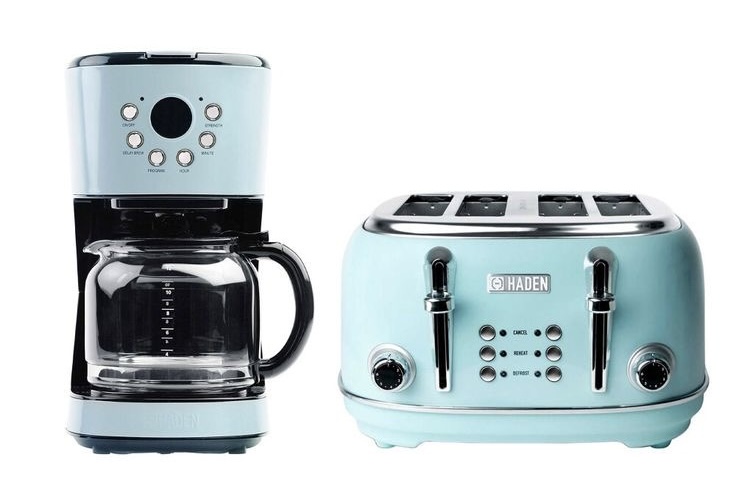
Mock explains that plugging these appliances into a power strip can cause problems. We can melt the cords’ insulation. WG Hickman, the owner of Tri-County Air Service, and an expert in home services, also warns that plugging these appliances into a power strip can be dangerous. Therefore, it is safer to plug these appliances directly into a wall outlet.
4. Space Heaters and Air Conditioners
Space heaters and air conditioners use a lot of electricity, and power strips are not strong enough to handle them. Lynn says, “You should never plug these devices into power strips because they can overheat.” In some cases, power strips have melted or even caught fire because they were used with these powerful devices. It is dangerous and could cause a serious accident.
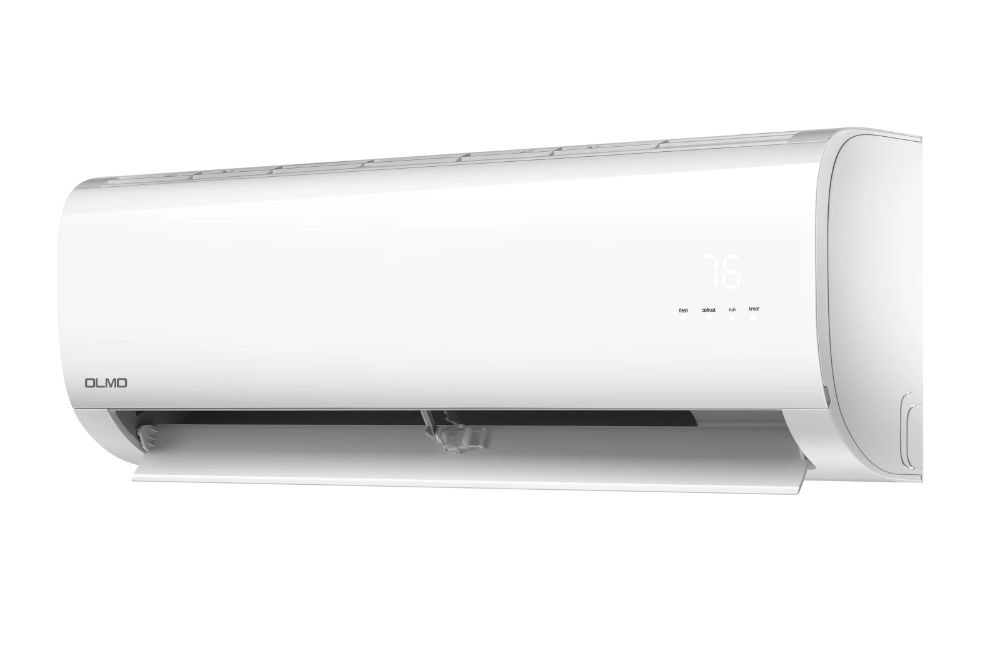
Instead of plugging them into power strips, Mock recommends using a heavy-duty extension cord that is made for high-power devices. This will help your air conditioner work properly and keep you safe.
5. Hair Care Appliances
Hair dryers and other hair care tools use a lot of electricity very quickly. That is why Lynn says it is safer to plug them straight into a wall outlet instead of a power strip or extension cord.
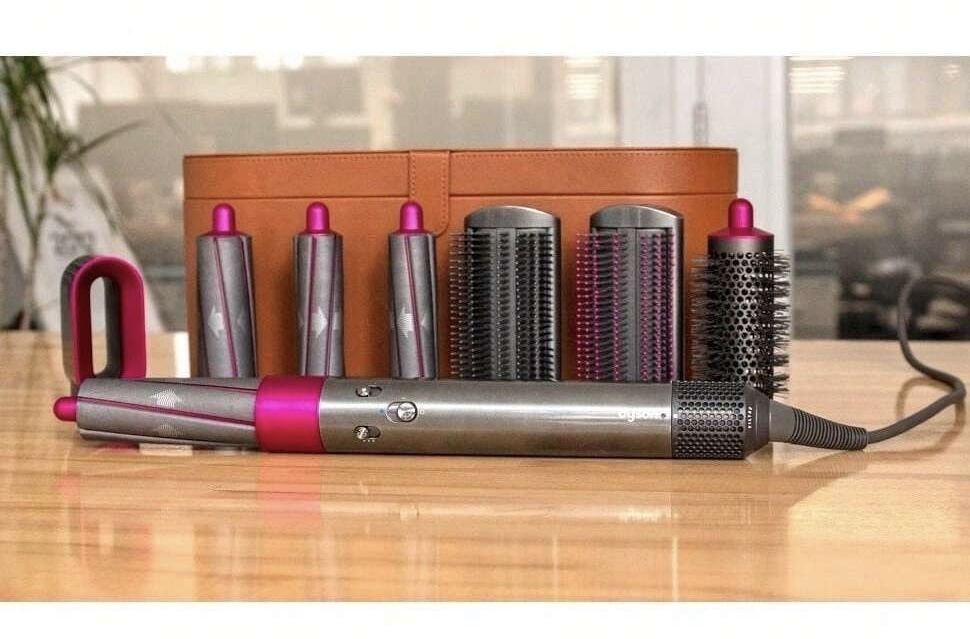
To be even safer, Mock suggests that you should have an electrician install a special type of wall outlet called a GFCI outlet in your bathroom. This type of outlet protects you from common bathroom accidents, like getting shocked if water comes into contact with the appliance.
ALSO READ: The 11 Best Tips For Electronics Shopping
6. Medical Devices
There are some medical devices that should not be plugged into power strips. Medical devices, like CPAP machines that help people breathe, need a steady and reliable power source.
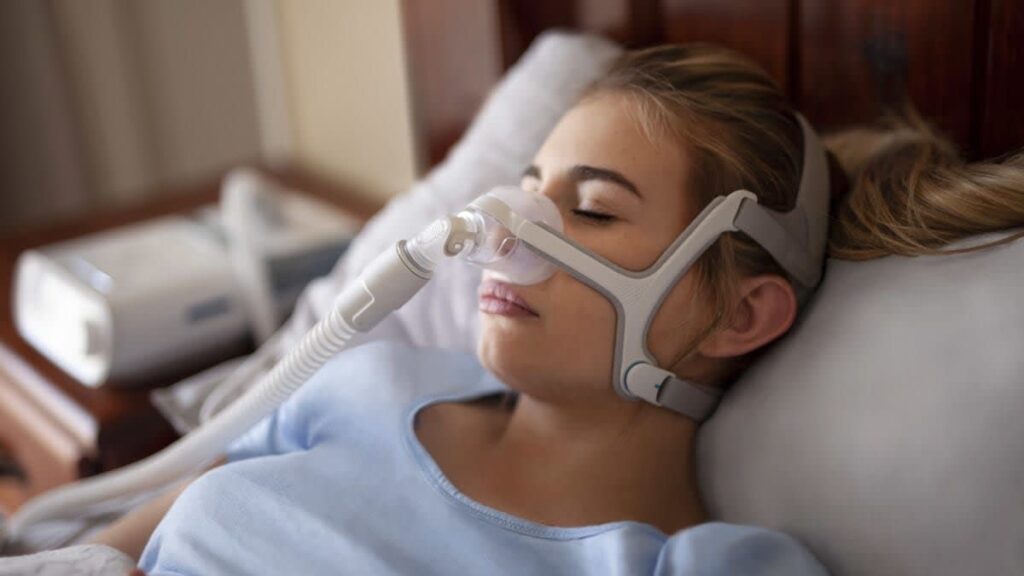
Because of how important these machines are, they should never be plugged into a power strip. This is because power strips are not as reliable as a direct wall outlet.
7. Gaming PCs and High-End Audio Systems
These devices use a lot of power. They are also sensitive to electrical issues. A basic power strip will not protect them from sudden power surges. When a power surge occurs, it can damage the equipment.
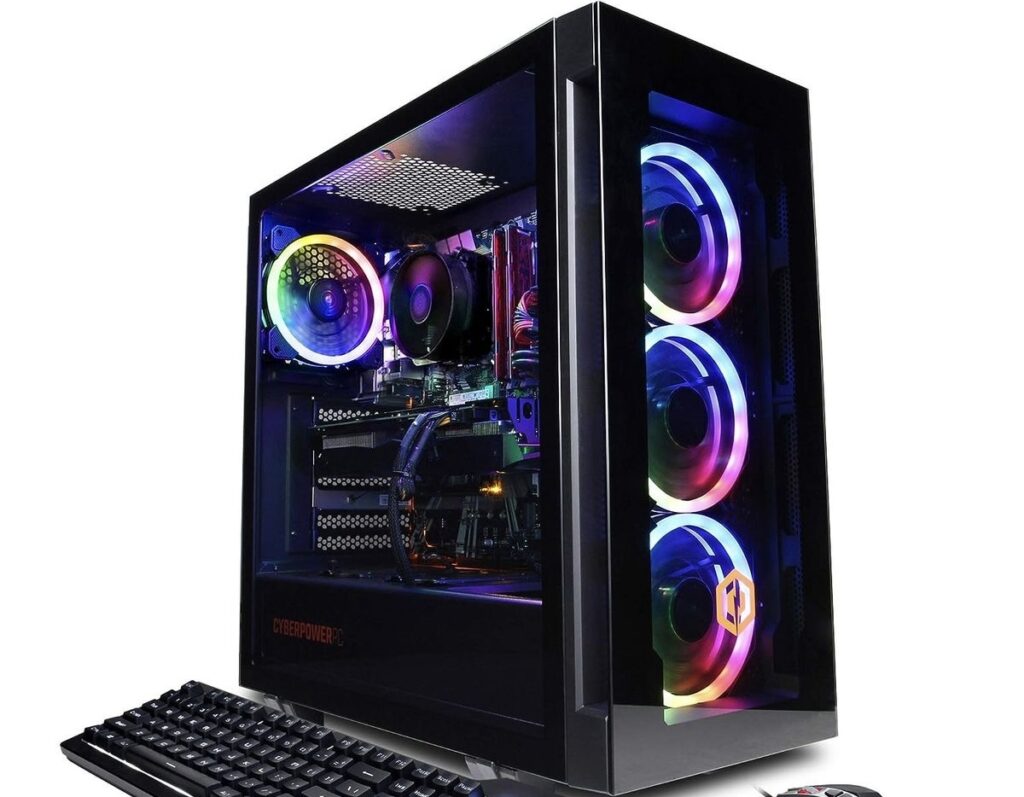
Experts recommend using a surge protector. You can use the ones from brands like APC or Tripp Lite. They can help keep these devices safe.
8. Using Multiple Power Strips Together
Some people plug one power strip into another. This practice is called “daisy-chaining.” Daisy-chaining is very dangerous. It can overload the system, cause electrical problems, and increase the risk of fires. It also goes against fire safety rules. Instead of daisy-chaining, it is better to use a power strip with a built-in circuit breaker. This type of power strip automatically shuts off if too much electricity is being used. This way, it will help to prevent accidents.
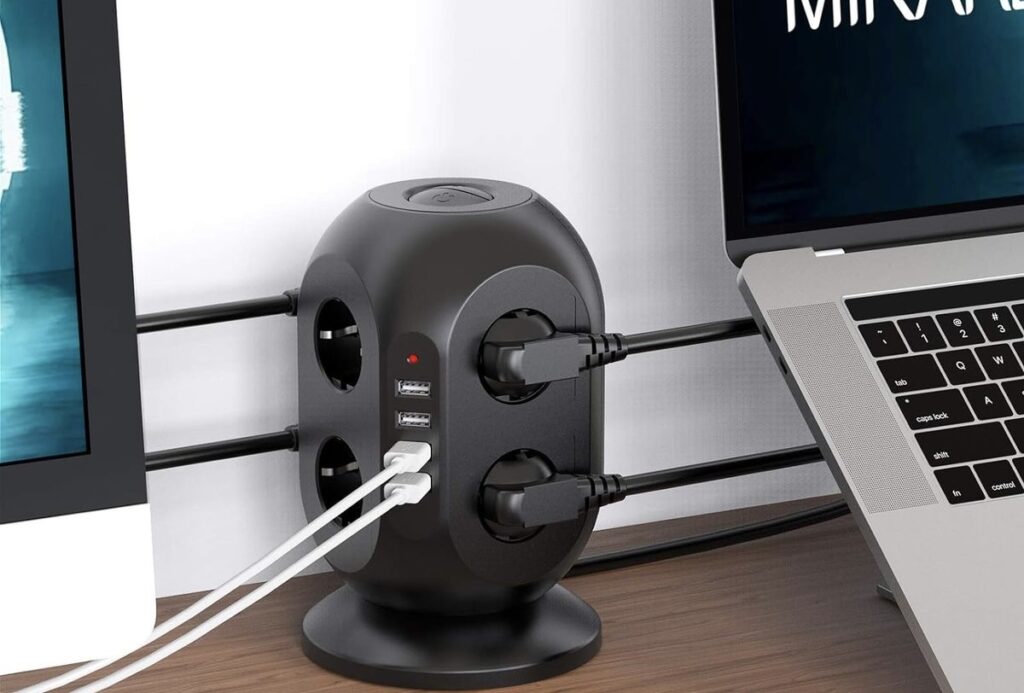
Using power strips the right way is really important to keep your devices safe and avoid accidents. If you need a power strip, try to pick one with a circuit breaker that can shut off if it gets overloaded. Note these household items electricians say should never be plugged into a power strip and use them the right way.
